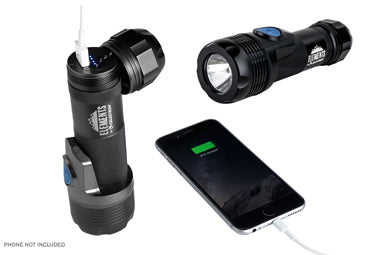When to View Your Zodiac Constellation
September 11, 2024

Ever wondered why you can’t see your zodiac constellation during your birth month? The answer lies in Earth's orbit around the Sun. During your birth month, the Sun’s position in the sky aligns with your zodiac constellation, making it invisible due to the Sun's brightness. This phenomenon is known as your constellation’s solar conjunction. So, when is the best time to observe your zodiac constellation? You may be surprised to learn that it’s around your half-birthday—when your constellation is prominently displayed in the evening sky.
In astronomy, the zodiac refers to the band of the sky where the Sun, Moon, and planets move. This band includes 13 constellations, not just the 12 well-known ones—Aries, Taurus, Gemini, and so on—but also the lesser-known Ophiuchus. As Earth orbits the Sun, different zodiac constellations become visible at various times throughout the year, forming the backdrop for the Sun and planets' journey across the sky.
The Complexity of the Zodiac Constellations
Popular astrology has incorrectly led many to believe that each zodiac sign fits neatly into a 30-degree slice of the sky. However, the reality is more complex. Zodiac constellations vary significantly in size and shape, affecting how long the Sun appears to be "in" or aligned with each one. For example, the Sun resides in the large constellation Virgo for about 45 days, but it only spends around a few days in the smaller constellation Scorpius.
Additionally, Earth’s rotational axis isn’t stable; it wobbles like a slightly unsteady spinning top due to the gravitational pull of the Moon and Sun on Earth's equatorial bulge. This slow, circular motion, known as the precession of the equinoxes, takes about 25,800 years to complete a full cycle. This gradual wobble causes the positions of constellations to shift over time, altering the dates when the Sun is aligned with each constellation. As of right now, these are the correct solar conjunction dates for each constellation:
| Zodiac Constellation | Associated Birth Dates in Popular Astrology | Actual Solar Conjunction Based on Earth Wobble | When You Can View This Constellation |
|---|---|---|---|
| Aries |
March 21 - April 19 |
April 19 – May 14 |
Late September to Early February |
| Taurus |
April 20 - May 20 |
May 15 - June 20 |
Late October to Early March |
| Gemini |
May 21 - June 20 |
June 21 – July 20 |
Late November to Early April |
| Cancer |
June 21 - July 22 |
July 21 – August 10 |
Late December to Early May |
| Leo |
July 23 - August 22 |
August 11 – September 16 |
Late January to Early June |
| Virgo |
August 23 - September 22 |
September 17 – October 31 |
Late February to Early July |
| Libra |
September 23 - October 22 |
November 1 – November 24 |
Late March to Early August |
| Scorpio |
October 23 - November 21
|
November 25 – November 29
|
Late April to Early September
|
|
Ophiuchus
|
Not applicable
|
November 30 – December 17
|
Late April to Early September
|
|
Sagittarius
|
November 22 - December 21
|
December 18 – January 19
|
Late May to Early October
|
|
Capricorn
|
December 22 - January 19
|
January 20 – February 16
|
Late June to Early November
|
|
Aquarius
|
January 20 - February 18
|
February 17 – March 11
|
Late July to Early December
|
|
Pisces
|
February 19 - March 20
|
March 12 – April 18
|
Late August to Early January
|
Observing Your Zodiac Constellation
Around the time of your half-birthday, your constellation will be low in the eastern sky after sunset and will get progressively higher in the sky each night. Each day, the constellation will move westward until it eventually gets lost in the glow of sunset. Then, about six to eight weeks before your birthday, it moves too close to sunset to observe.
During the months when your constellation is visible, take the opportunity to explore the fascinating deep-sky objects that reside within it. Whether it’s the sparkling Pleiades cluster in Taurus or the galaxies of the Virgo Cluster, each constellation offers its own array of celestial treasures.
Here are a few of our favorite deep-sky objects that lie within each zodiac constellation:
| Zodiac Constellation | Best Deep-Sky Objects to View | ||
|---|---|---|---|
 |
Aries
|
||
 |
Taurus
|
||
 |
Gemini
|
||
 |
Cancer
|
||
 |
Leo
|
||
 |
Virgo
|
||
 |
Libra
|
||
 |
Scorpio
|
||
 |
Ophiuchus
|
||
 |
Sagittarius
|
||
 |
Capricorn
|
||
 |
Aquarius
|
||
 |
Pisces
|

























